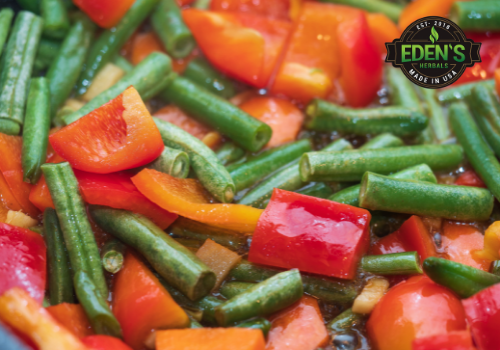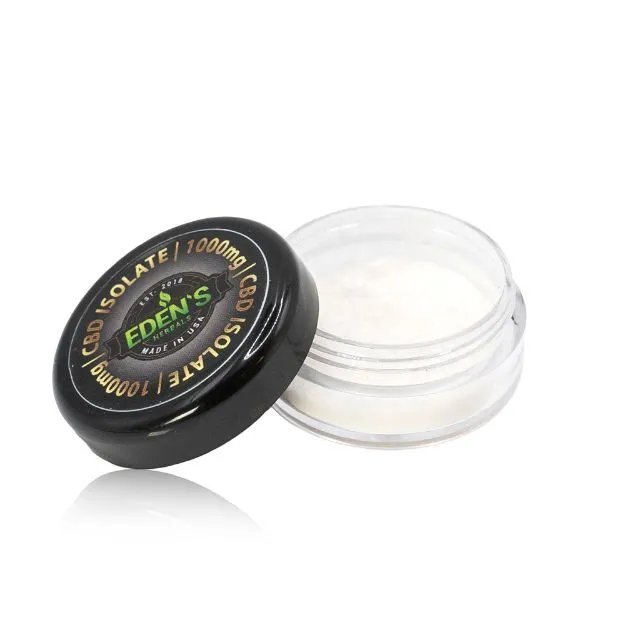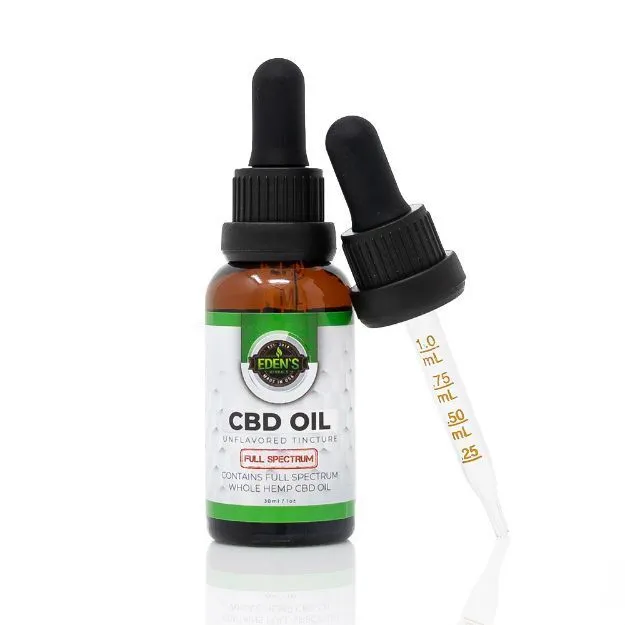 The culinary world is always evolving, embracing new ingredients and techniques to elevate the dining experience. One such innovative ingredient taking kitchens by storm is Cannabidiol (CBD). CBD has found a niche in modern cooking, blending wellness with gourmet pleasures.
The culinary world is always evolving, embracing new ingredients and techniques to elevate the dining experience. One such innovative ingredient taking kitchens by storm is Cannabidiol (CBD). CBD has found a niche in modern cooking, blending wellness with gourmet pleasures.
Understanding CBD Before Cooking
Before diving into the kitchen, it's crucial to understand the basics of CBD. There are three main types: Full-spectrum, Broad-spectrum, and Isolate. The choice depends on desired effects and flavor profiles. Sourcing high-quality CBD is paramount, as is understanding its legality and safe usage.
The Art of Infusing CBD into Your Dishes
Cooking with CBD isn't just tossing a few drops into your dish; it's an art. Selecting the right CBD product, understanding dosage, and considering its flavor impact are key steps. CBD's earthy tones can complement many dishes, adding a unique twist to your culinary creations. Using some tinctures in liqiuds like coffee, tea, or juices. You can put isolate into your flour miz as well and use it in all of your baking.
Creative Culinary Applications of CBD
The versatility of CBD in cooking is vast. From appetizers to desserts and even beverages, the possibilities are endless. Imagine starting with a CBD-infused bruschetta, followed by a main course drizzled with CBD-infused olive oil, and finishing with a CBD chocolate truffle.
Here are a few foods you can infuse CBD right into:
Savory Foods | Sweet Treats and Beverages |
- Olive oil and other cooking oils | - Chocolate and chocolate-based desserts |
- Avocado and guacamole | - Honey and syrups |
- Nuts and seeds (like almonds, walnuts) | - Fruit smoothies |
- Cheese, especially creamy varieties | - Baked goods (like brownies, cookies) |
- Salad dressings and vinaigrettes | - Jams and jellies |
- Pasta sauces | - Ice cream and frozen desserts |
- Butter and ghee | - Coffee and tea |
- Hummus and other dips | - Milkshakes and frappes |
- Grilled or roasted meats | - Yogurt and parfaits |
- Soups and broths | - Candies and gummies |
Pairing CBD with Foods for Maximum Benefit
Certain foods can enhance CBD's absorption, making it more effective. Pairing CBD with high-fat ingredients like nuts or avocados can increase its bioavailability, maximizing its potential benefits. For the adventurous chef, CBD opens a world of gourmet possibilities.
Experimenting with different cuisines and incorporating CBD can result in truly unique and sophisticated dishes. The best types of CBD to use for cooking are isolate and non-flavored tinctures.
Overcoming Challenges in CBD Cooking
Maintaining the potency of CBD and overcoming common issues in its culinary use are crucial for a successful and enjoyable experience. Here are some key points to consider:
- Understanding CBD Degradation: CBD can degrade and lose its potency when exposed to high temperatures, light, and air. It's important to store CBD products in a cool, dark, and airtight environment to preserve their strength.
- Temperature Control: When cooking with CBD, it’s vital to avoid high heat. CBD starts to break down at around 320°F (160°C). Therefore, it’s best used in recipes that require low to medium heat. This is particularly important in baking and sautéing.
- Infusion Techniques: To effectively use CBD in cooking, infuse it into a fat or oil-based ingredient, like butter, coconut oil, or olive oil. Fat enhances the absorption of CBD in the body, increasing its effectiveness. Gentle heating of these oils with CBD can help in even infusion without degrading the CBD.

- Dosage Awareness: Understanding the right amount of CBD to use in cooking is crucial. Start with small amounts, especially if you are new to CBD cooking. This way, you can monitor its effects and flavor impact on your dishes.
- Quality of CBD: The quality of CBD plays a significant role in its effectiveness in cooking. Always opt for high-quality, lab-tested CBD products to ensure safety and potency. Low-quality CBD may not provide the desired effects and can negatively affect the taste of your dish.
- Balancing Flavors: CBD has a distinct, earthy flavor that may not blend well with every dish. It’s essential to balance its taste by pairing it with complementary flavors. For instance, the nutty, grassy notes of CBD can enhance the flavor of pesto or a vinaigrette.Timing of Addition: Add CBD towards the end of the cooking process to minimize heat exposure. For baked goods, mixing CBD with room-temperature ingredients before baking can help maintain its potency.
- Avoid Direct Heat: Never heat CBD oil directly on the stove. Instead, mix it with other recipe ingredients. Direct heating can cause CBD to evaporate or degrade, reducing its effectiveness.
- Consistent Stirring: When cooking with CBD oil, stir your ingredients consistently. This ensures an even distribution of CBD throughout the dish, providing a uniform dosage in every serving.
- Experimentation and Patience: Cooking with CBD often requires a bit of trial and error. Be patient and willing to experiment with different recipes and techniques to find what works best for you.
By keeping these points in mind, you can effectively incorporate CBD into your cooking, maintaining its potency and enjoying its potential benefits while creating delicious dishes.
Wrapping it Up: The Future of Culinary CBD
As the culinary world continues to embrace CBD, we can expect to see more innovative and health-conscious recipes. Personal stories and expert insights predict a bright future for CBD in cooking, where flavor meets wellness in every bite.
In a world where wellness and flavor collide, cooking with CBD stands as a testament to culinary innovation. As chefs and home cooks alike continue to explore this versatile ingredient, the possibilities for delicious, health-focused dishes are endless. So, why not give it a try? Your taste buds and your well-being might just thank you.


